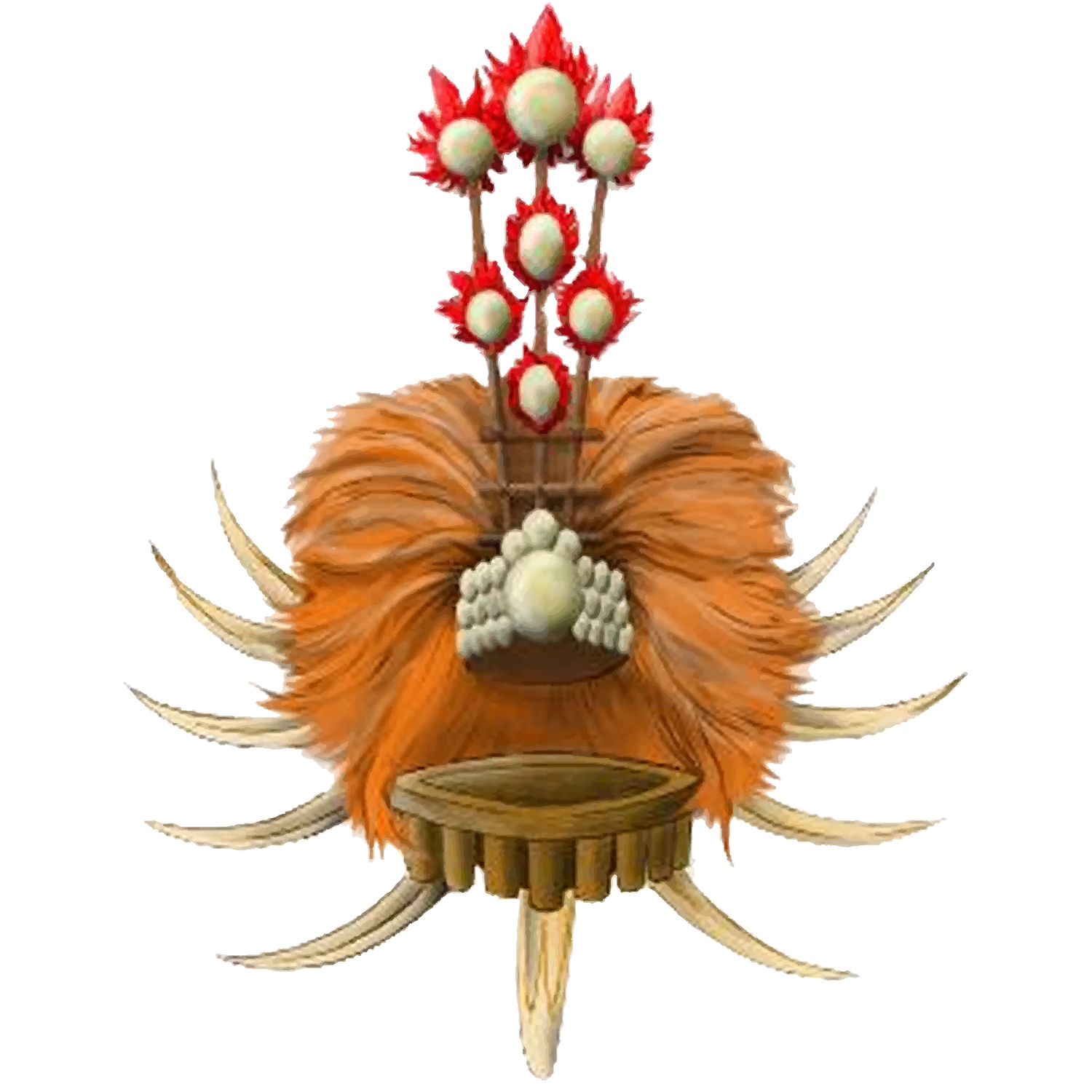about fagatogo
Fagatogo is the downtown area of Pago Pago (the territorial capital of American Samoa). Located in the low grounds at the foot of Matafao Peak, it was the location of the first American settlement on Tutuila Island. It includes the sub-village of Malaloa.
Today, Fagatogo is the government, commercial, financial, and shipping center of Tutuila. It is also the administrative capital of American Samoa. It is the location of the American Samoa Fono (legislature), and is listed in the Constitution of American Samoa as the territory's official seat of government. Its population (as of April 1, 2010) is 1,737.
Fagatogo contains the Pago Pago port, the Pago Pago bus station and market, and the Co-Cathedral of St. Joseph the Worker of the Roman Catholic Diocese of Samoa-Pago Pago. Fagatogo is also home to the governor's mansion, which sits on a hilltop just west of the Rainmaker Hotel site, in a section of Fagatogo called Utulei. This colonial mansion was built in 1903, during the naval administration. The 1917 Jean P. Haydon Museum is located a little further west. The old jail (built in 1911) and the police station sit just across the field from the Fono. The architecture includes both 19th century clapboard buildings and newer, two-story, monotone concrete structures.
The area around Fagatogo Market is considered the center of Pago Pago. Residents from all over the island travel to it by bus. Several landmarks are visible from the market: Mount ʻAlava, the canneries in Atu'u, Rainmaker Mountain (Mount Pioa), and Pago Pago Harbor.[13] Immediately next to the Fagatogo Market is the Fagatogo Square Shopping Center, a 12,000-square-foot (1,100 m2) retail- and commercial center containing a number of shops and restaurants.
.
FUN FACT
In the Samoan language, faga translates to “bay”, while togo means “mangrove tree.” A mangrove swamp was located in the village, which stretched from Fagatogo Market to the fuel dock. At the beginning of the 20th century, most mangrove trees had been removed in order to make room for a new wharf and coaling station constructed by the U.S. Naval Administration.
HISTORY
Tutuila Island, a vital part of American Samoa's history, drew American interest following the 1878 Samoan Treaty, enabling the establishment of a naval station in Pago Pago Bay. This strategic location facilitated the construction of a naval coaling station, marking the beginning of a significant presence on the island. Over time, the naval station expanded, with key structures like the Customhouse and Jean P. Haydon Museum becoming landmarks. The malae, once a Parade Ground, now serves as a ceremonial center. Historic buildings like the Fita Fita Barracks and the Samoan Jail offer glimpses into the island's past. Fagatogo remains a hub of activity, housing The Fono and notable religious landmarks like the Catholic Co-Cathedral of St. Joseph the Worker and the Congregational Christian Church. The island's rich heritage is preserved through meticulous restoration efforts, ensuring its historical significance endures for generations to come.

